Minimalist organization is a lifestyle trend that has been gaining popularity in recent years.
It is a way of living that encourages us to simplify our lives by getting rid of excess belongings and focusing on what truly matters. The concept of minimalism is not just about decluttering your home, but also about creating a mindset shift towards a simpler and more intentional life.
At its core, minimalist organization is about maximizing space and maintaining order in a way that is both functional and aesthetically pleasing. It requires us to be intentional about what we bring into our homes and to let go of anything that no longer serves a purpose. This mindset shift can be challenging at first, but it can also be incredibly liberating.
In this article, we will explore the world of minimalist organization and provide practical tips and advice for getting started. From understanding the basics of minimalism to exploring organizational tools and storage solutions, we will cover everything you need to know to create a home that is both functional and beautiful.
Key Takeaways
- Minimalist organization is a lifestyle trend that encourages us to simplify our lives by getting rid of excess belongings and focusing on what truly matters.
- Maximizing space and maintaining order is at the core of minimalist organization, which requires us to be intentional about what we bring into our homes and to let go of anything that no longer serves a purpose.
- This article will provide practical tips and advice for getting started with minimalist organization, including understanding the basics of minimalism, exploring organizational tools and storage solutions, and maintaining a clutter-free home.
Understanding Minimalist Organization
Are you tired of living in a cluttered and disorganized home? Do you feel like your possessions are taking over your life? If so, you may be interested in exploring the world of minimalist organization. Minimalist organization is a way of life that emphasizes simplicity, clarity, and intentionality. By adopting a minimalist mindset and decluttering your home, you can create a peaceful and clutter-free environment that promotes focus, productivity, and well-being.
The Philosophy of Minimalism
At its core, minimalism is a philosophy that values simplicity and intentionality. Minimalists believe that by eliminating excess possessions and distractions, they can focus on the things that truly matter in life. Minimalism is not about depriving yourself of the things you love, but rather about being intentional with your choices and surrounding yourself with only the things that bring you joy and add value to your life.
Benefits of a Clutter-Free Home
There are many benefits to living in a clutter-free home. First and foremost, a clutter-free home promotes mental clarity and reduces stress. When your home is organized and free of clutter, you are able to focus more easily and be more productive. Additionally, a clutter-free home is easier to clean and maintain, which can save you time and energy in the long run. Finally, a clutter-free home can improve your overall well-being by creating a peaceful and harmonious environment.
To achieve a clutter-free home, it is important to make mindset shifts and adopt new habits. This may include decluttering your possessions, simplifying your routines, and being intentional with your purchases. By embracing the philosophy of minimalism and practicing minimalist organization, you can create a home that is both beautiful and functional.
Getting Started with Decluttering
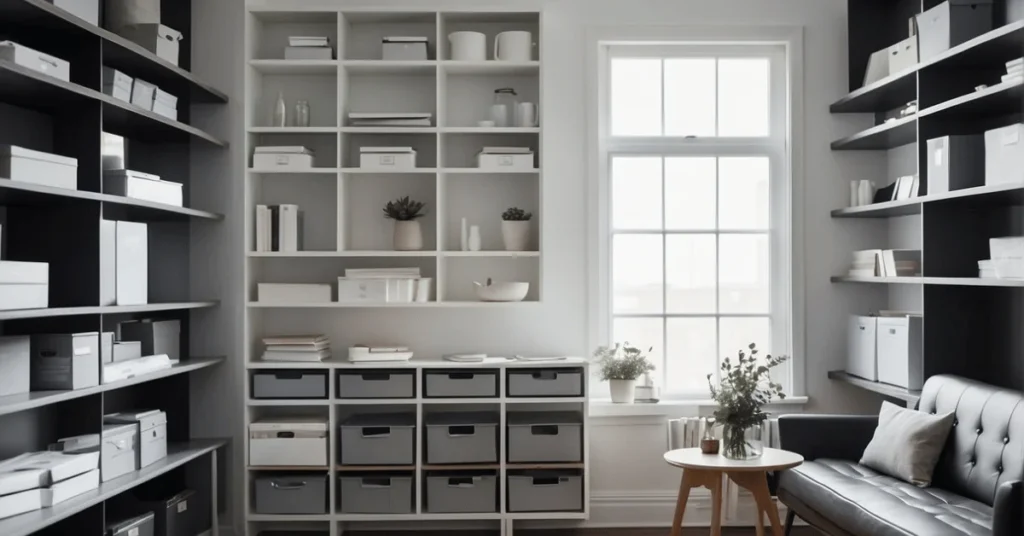
Decluttering can be overwhelming, but it doesn’t have to be. We’ve put together a step-by-step guide to help you get started and some decluttering tips and hacks to make the process easier.
Step-By-Step Guide to Decluttering
- Start with a plan: Create a list of areas in your home that you want to declutter. Prioritize the areas that need the most attention.
- Toss or Keep: As you go through each area, decide whether to keep, donate, or toss each item. If you haven’t used an item in the past year, it’s probably time to get rid of it.
- Use the Marie Kondo Method: If you’re having trouble deciding whether to keep or toss an item, ask yourself if it sparks joy. If it doesn’t, it’s time to let it go.
- One Area at a Time: Focus on one area at a time to avoid feeling overwhelmed. Start with a small area, like a closet or a drawer, and work your way up to larger areas.
- Set a Time Limit: Give yourself a set amount of time to work on each area. This will help you stay focused and prevent burnout.
Decluttering Tips and Hacks
- Use Storage Bins: Use storage bins to organize items and keep them out of sight. Label each bin to make it easy to find what you need.
- Use the “One In, One Out” Rule: For every new item you bring into your home, get rid of one old item.
- Use a Donation Box: Keep a donation box in your home and add items to it as you come across them. When the box is full, donate the items to a local charity.
- Create a Capsule Wardrobe: A capsule wardrobe is a collection of essential clothing items that can be mixed and matched to create a variety of outfits. It can help simplify your wardrobe and make getting dressed easier.
Decluttering can be a long process, but it’s worth it in the end. By following these tips and hacks, you’ll be well on your way to a more organized and clutter-free home.
Organizational Tools and Storage Solutions
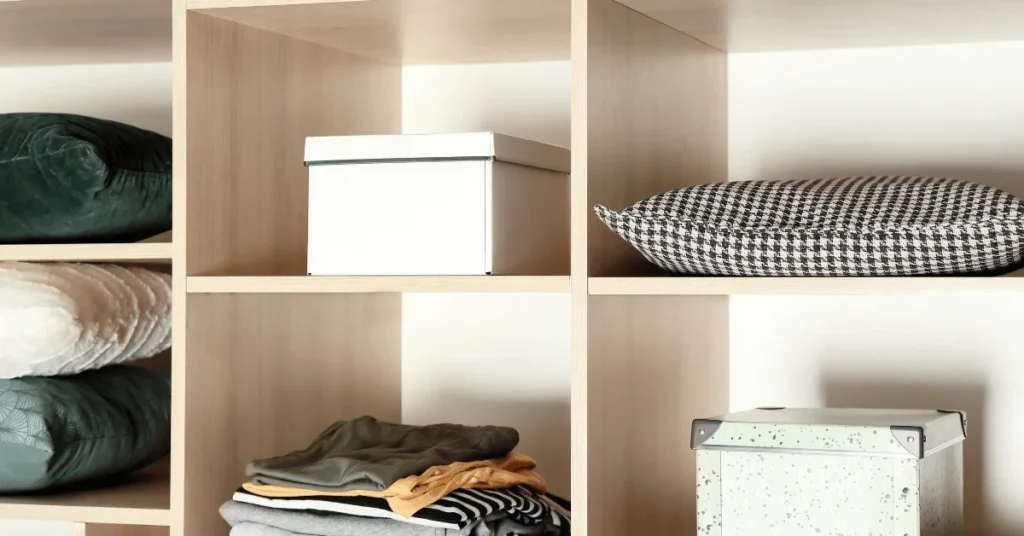
As we continue our journey towards minimalist living, it’s essential to have the right tools and storage solutions to keep our space organized. In this section, we’ll explore some of the best options available to help you keep your home neat and tidy.
Choosing the Right Storage Containers
Storage containers are a must-have for any minimalist home. They help keep items organized and out of sight, which is essential for maintaining a clutter-free space. When choosing storage containers, it’s essential to consider their size, shape, and material.
Boxes are a great option for storing items that are not frequently used. They are stackable, easy to label, and come in various sizes. Bins and baskets are perfect for storing items that are used daily, such as toys, books, and magazines. They are easy to move around and come in different materials such as plastic, wicker, and wire.
Labels are also an essential part of organizing your space. They help you quickly identify the contents of each container, making it easier to find what you need. Label makers are a great investment for anyone looking to keep their space organized.
Innovative Organizing Tools
Innovative organizing tools can make a significant difference in keeping your space organized. Hooks are an excellent option for hanging coats, bags, and other items. They come in various sizes and materials, making it easy to find the perfect fit for your space.
Floating shelves are another innovative organizing tool that can help you maximize your storage space. They are perfect for displaying books, photos, and other decorative items. They come in different sizes and materials, making it easy to find the perfect fit for your space.
Maximizing Space and Maintaining Order
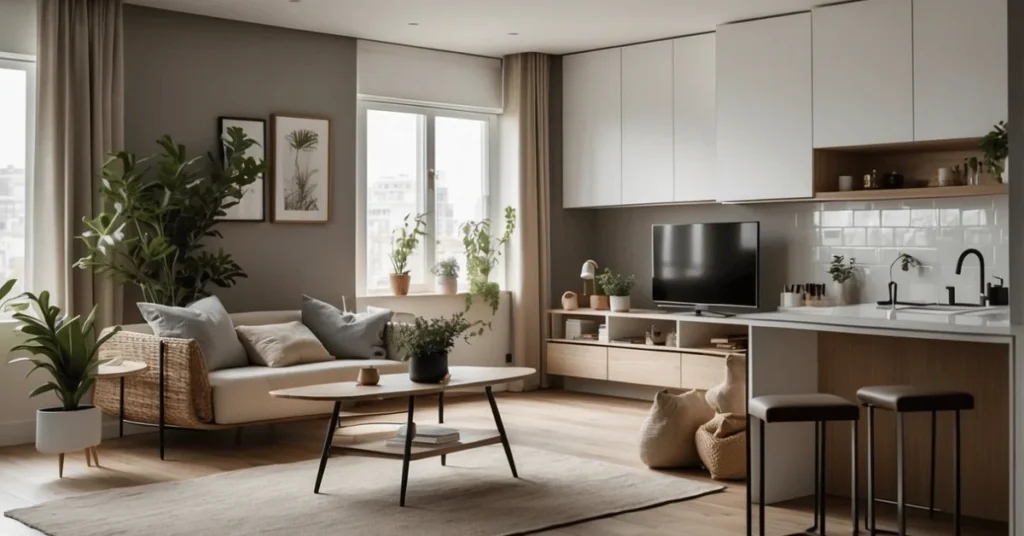
When it comes to minimalist organization, maximizing space and maintaining order are two key factors that can help you achieve a clutter-free, serene home. In this section, we will explore some tips and strategies that can help you make the most of your space and keep it organized long-term.
Making the Most of Your Space
One of the first steps in maximizing space is to declutter your home. This means getting rid of items that you no longer use or need. Once you have decluttered, you can start to organize your space in a way that makes the most of the available room. Consider using open shelves to display items that you use frequently and drawers to store items that you don’t use as often. This will help you keep your space clean and organized.
Another way to make the most of your space is to use furniture that has multiple functions. For example, a sofa bed can be used as a couch during the day and as a bed at night. This can be a great space-saving solution for small apartments or guest rooms.
Keeping Your Space Organized Long-Term
Once you have organized your space, it’s important to maintain it. This means keeping your space clean and tidy on a daily basis. One way to do this is to create a cleaning routine that works for you. This could include tasks such as wiping down surfaces, sweeping the floors, and doing laundry.
Another way to keep your space organized long-term is to develop a minimalist mindset. This means being intentional about the items that you bring into your home and only keeping things that you truly need or love. By doing this, you can prevent clutter from building up and maintain a clean, organized space.
Minimalist Organization in Different Areas of the Home
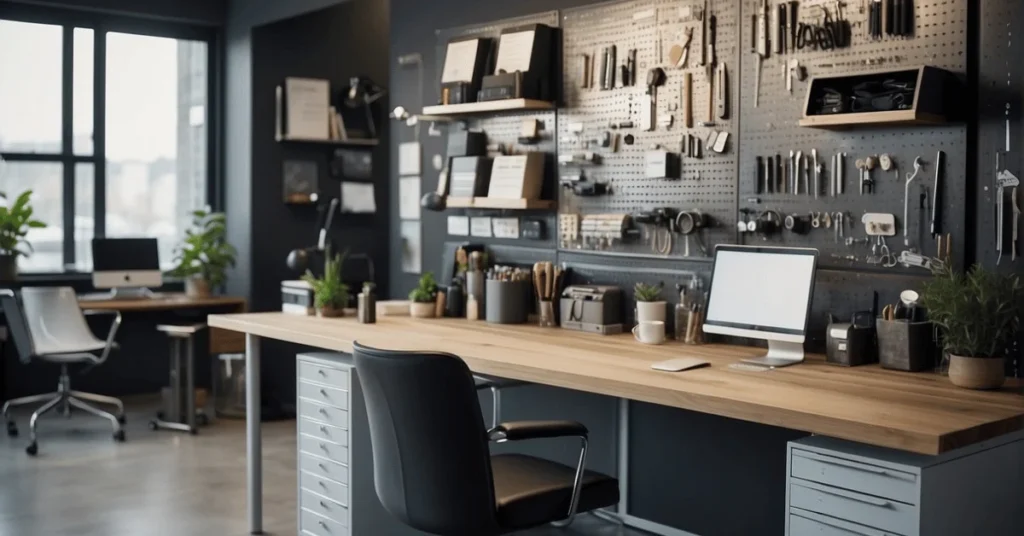
Clothing and Wardrobe
Our wardrobes are often the first area in our homes that requires decluttering. Minimalist organization in the wardrobe involves keeping only the clothes that we wear regularly and donating or selling the rest. We can also use storage solutions such as hangers, shelves, and drawers to keep our clothes organized. For example, we can use drawer dividers to separate our socks, underwear, and other small items.
Kitchen and Pantry
The kitchen is another area in the home that can benefit from minimalist organization. We can start by decluttering our kitchen tools and appliances, keeping only the ones that we use regularly. We can also organize our pantry by keeping only the essential items and using storage solutions such as jars, baskets, and shelves. For example, we can use a lazy Susan in our pantry to keep our spices organized and easily accessible.
Home Office and Study Area
Minimalist organization in the home office and study area involves decluttering our books, papers, and cables. We can keep only the essential books that we refer to regularly and donate or sell the rest. We can also use storage solutions such as shelves, file organizers, and cable organizers to keep our office and study areas tidy. For example, we can use a cable organizer to keep our cables neatly arranged and out of sight.
Let’s recap: Minimalist organization is an ongoing process that requires discipline and commitment. By decluttering and organizing our living spaces, we can create a calm and peaceful environment that reflects our values and promotes our well-being.
Frequently Asked Questions
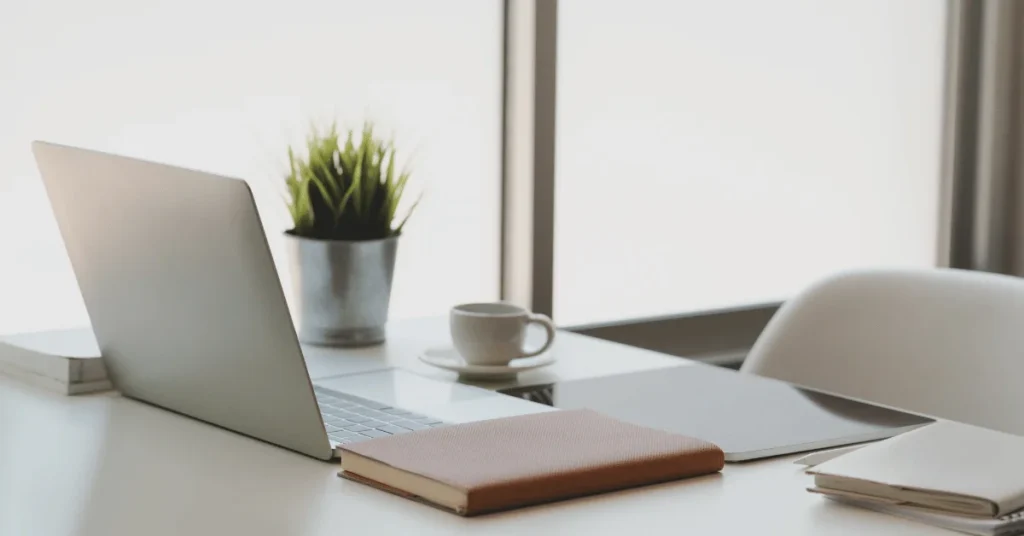
How can we declutter our home using minimalist principles?
Decluttering your home using minimalist principles can be a liberating experience. Start by identifying items that you no longer use or need. Be honest with yourself and let go of things that are taking up space and causing unnecessary stress. A good rule of thumb is to only keep items that serve a purpose or bring you joy. Once you have identified these items, donate or sell them to someone who will appreciate them.
What are some essential minimalist organization products?
Minimalist organization products are designed to help you keep your space tidy and clutter-free. Some essential products include storage bins, drawer organizers, and shelving units. These products are designed to maximize space while keeping your belongings organized and easy to access.
Can you provide examples of minimalist organization in small spaces?
Minimalist organization is especially important in small spaces. One example of minimalist organization in a small space is using multi-functional furniture. For example, a bed with built-in storage can help you maximize space in a small bedroom. Another example is using vertical storage solutions, such as wall-mounted shelves or hanging organizers.
What are effective minimalist strategies for organizing personal belongings?
Effective minimalist strategies for organizing personal belongings include grouping items by category, using storage containers, and regularly purging items that are no longer needed. It’s also important to keep surfaces clear and only display items that bring you joy or serve a purpose.
How does the ‘1 in 1 out’ rule work in a minimalist lifestyle?
The ‘1 in 1 out’ rule is a minimalist strategy that involves getting rid of an item every time you bring a new one into your home. This rule helps prevent clutter from accumulating and encourages you to be mindful of your purchases. Before bringing a new item into your home, ask yourself if it’s something you truly need or if it will add value to your life.
What are some minimalist storage solutions for a bedroom?
Some minimalist storage solutions for a bedroom include using under-bed storage containers, wall-mounted shelves, and a clothing rack. It’s also important to keep your closet organized by using hangers and dividers to separate clothing by category. When it comes to minimalist storage, less is often more.
Having explored the principles of minimalist organization, we’re eager to learn from you! What strategies or unique approaches do you implement to maintain order in your minimalist lifestyle? Share your ideas and join the conversation in the comments below!


